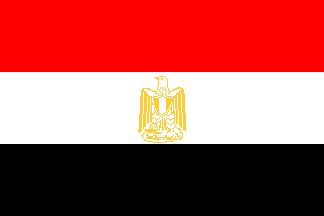| HOME | ARTCHIVE | SYNERGY | NEWS | HELP |
|
|
|
|||||||||||
| ||||||||||||
|
| ||||||||||||
 EMAIL: Click here to send this artist an email
EMAIL: Click here to send this artist an email
MESSAGE BOARD: Read archived comments about this artist (16 postings)
LOCATION: Egypt
LANGUAGE: None set (will use English)
COPYRIGHT STATEMENT: "Full" - Artist retains full copyright of any and all works he or she has created. Please contact this artist before using any of the artist's work in any way.
COPYRIGHT NOTE: Copyright may vary from project to project or image to image, even for one artist. Please verify the copyright in each specific instance before using ANY artwork from SITO.